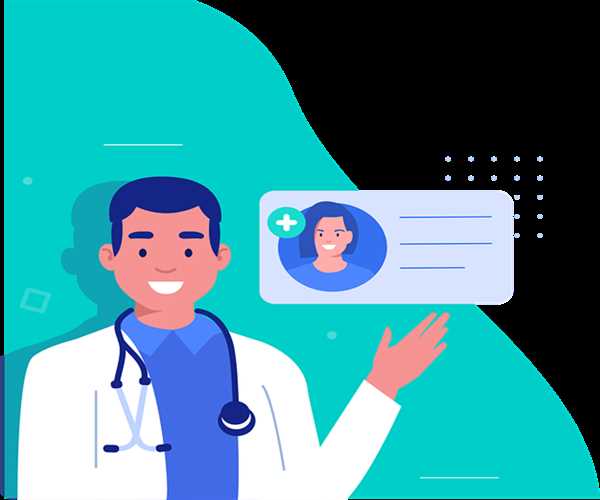
21-Sep-2022
What is Continuous Passive Motion Machine?
What is a continuous manual exercise machine?
A continuous passive motion machine (CPM) is a device that
moves your joints slowly and smoothly while you lie in bed. You may need to use a CPM machine for
one of the following:
After
surgery, such as total knee arthroplasty or rotator cuff repair
After removing the scar tissue of the joint
by manipulation for stiffness
For osteoarthritis or conditions after a fracture of an arm or leg
How can a CPM machine help?
Your healthcare provider may instruct you to use
the CPM machine in conjunction with other treatments, such as physical therapy. CPM
machines can help you recover from surgery or injury in the following ways:
Increases the range of motion (ROM) of an arm or leg. CPM
machines bend joints. Healthcare providers can program the CPM
device to increase the amount of joint flexion over time. ROM
prevents the formation of scar tissue. It also prevents knee pain and
stiffness.
Your muscles can get stronger faster. CPM
machines gently exercise the muscles of the arms and legs to
avoid weakness. Tendons and ligaments, the tissues that
connect muscles and bones, can also be strengthened with CPM. It may
be less painful. CPM machines reduce swelling by elevating the legs or arms. You may feel less pain as the swelling goes down.
Blood flow to your arms or legs may have increased. Increased blood flow to tissues
helps heal faster.
How can I use my CPM machine safely?
Your healthcare provider will show you how to install the CPM
device. It also shows how to change the bend amount, speed, and time. You may need to use
the CPM unit 3-4 times a day for up to 2 hours at a
time. If you use the device on your shoulder, you can only use
it for 20-30 minutes at a time. Ask your healthcare provider how to use the type of CPM
device you have. Safety measures such as:
Place the CPM on a tabletop or heavy object. This will prevent
them from moving during use.
Connect the CPM machine. Move the cord under the bed or secure it to the
floor to prevent it from falling.
You may need to remove the shoulder or knee immobilizer before using
the CPM machine. Ask your healthcare provider how to remove the immobilizer.
If you are using a CPM machine on your knees, position your
feet so that the center of your knee is where the CPM machine
bends, and the bottom of your leg rests on the footrest. If using a CPM machine
on your shoulders, position your elbows so that the CPM
is in a bent position. Place your hands around the
handle. Secure the legs of the machine by wrapping the machine straps around
the hips, shins, and legs.
Secure your hand to the device by wrapping the
device strap around your wrist.
What else do you need to know about CPM
machines?
Treat pain before using the CPM device. Monitor your pain
for comfort when using the device. After taking the pain reliever, wait 20-30 minutes
before using the device. Do not place the CPM on the floor. Keep floors and
paths clean to avoid tripping. Do not use the CPM device while smoking. Smoking or using a CPM
in an open or hot environment may cause a fire.
Keep the CPM device dry. Do not use water or detergent directly on
the device. CPM may be damaged. Ask your healthcare provider how to clean your
device.
When should I stop using CPM?
Your healthcare provider will tell you when you should stop using
the CPM device. You may need to use the CPM
device for up to six weeks. Stop using CPM and contact your healthcare provider immediately if:
Hands or feet are warm, soft, and painful. It may
appear swollen and red.
You have a fever or chills. The wound is red, swollen, or
has pus.
I have more pain than usual when I use the CPM machine.
The needle falls.
When do I need immediate help?
Your leg or arm is larger than normal and painful.
Any part of the arm or leg is paralyzed. Your feet or
hands are pale and cold to the touch.
The knee or ankle is rotated inward or outward. The elbow or shoulder is
rotated inward or outward.
The needle falls.
When should I call my
healthcare
provider?
You have a fever or chills. The wound is red, swollen, or
oozing pus.
The skin is itchy, swollen, or has a rash.

Student
An inquisitive individual with a great interest in the subjectivity of human experiences, behavior, and the complexity of the human mind. Enthusiased to learn, volunteer, and participate. Always driven by the motive to make a difference in the sphere of mental health - and normalize seeking help through a sensitive and empathetic approach
Join Our Newsletter
Subscribe to our newsletter to receive emails about new views posts, releases and updates.
Copyright 2010 - 2026 MindStick Software Pvt. Ltd. All Rights Reserved Privacy Policy | Terms & Conditions | Cookie Policy